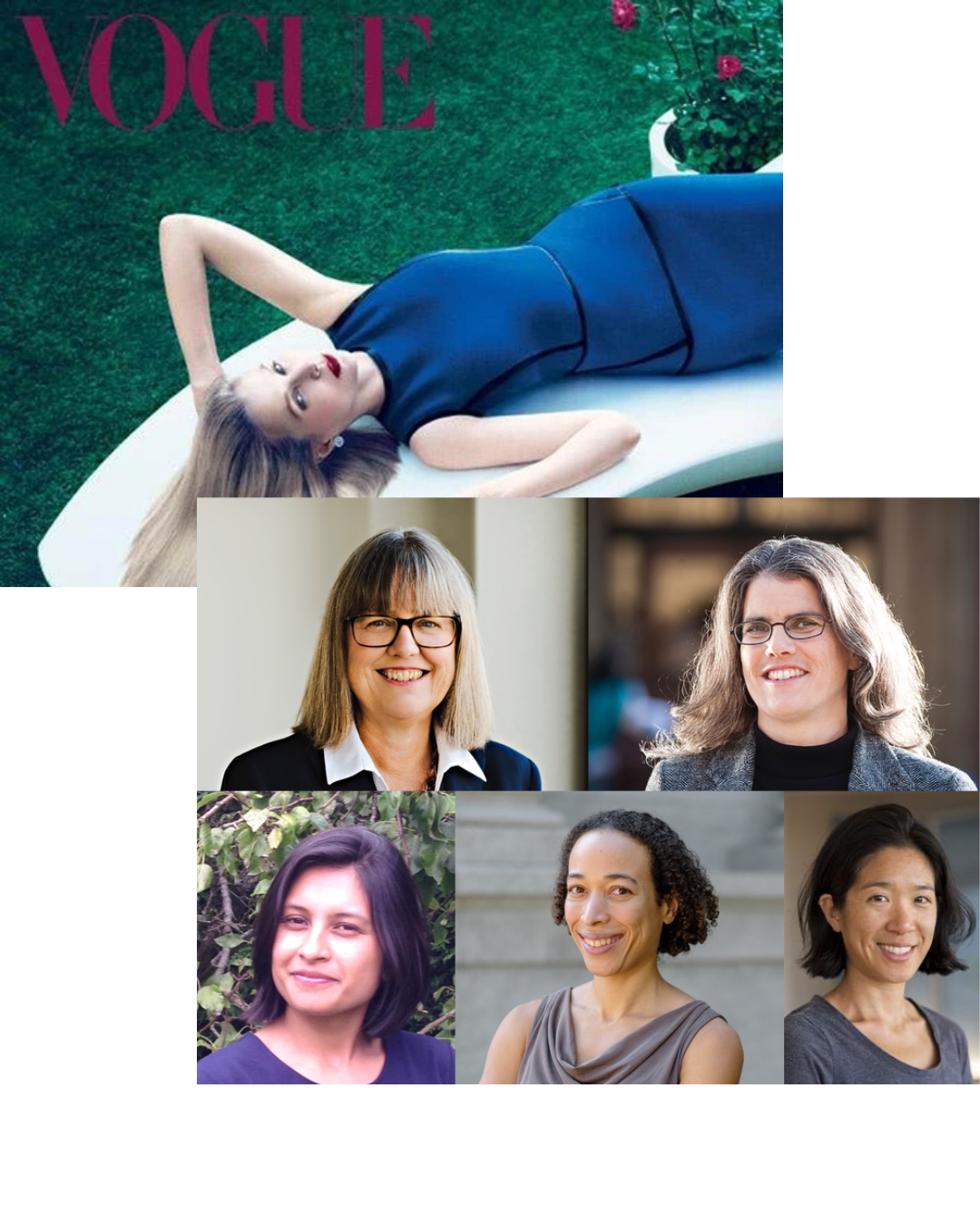🧬 Welcome to the LinkedIn Masterclass for Scientists – AWIS April 2025
🔬 What You’ll Find Here
This page is the home base for everything we covered in the workshop: details, checklists, etc. Over time, I’ll keep adding new resources — ways to grow your influence, find your people, and be seen.
Please email me now to receive updates when there’s new content and when we move to the new platform, email me [email protected] .📬
Let’s build a career that feels less like hoping and more like achieving.
Meet Dr. Amina Helix — PhD in BioTechnoSensorPharmaAnalytics

She studied hard. Finished her thesis(theses). She landed a job, ran her assays, built a team.
Now what? And how to get it?
More papers?
More funding?
VC-backed startup?
Collaborators? A new team? A new job?
This is the question we’re answering in this masterclass — and it’s not just for Dr. Helix. It’s for you.
Table of Contents
Communications
Communication Relative to Science and Engineering Careers
Peak Science
We aren’t trained to Communicate
What successful people did before LinkedIn, what “sales and development” people still do.
Crafted Communication
Events – Communication is the Thing
Communication Matrix – A story about my daughter.
Social Media
Stop the Scroll – Cringe
New Technologies for Communications
Issues
Are there positive uses of communication technology?
Social media is more powerful, and therefore more dangerous.
Cat videos.
Sharing with my daughter.
And other people.
It is a communication space for me.
LinkedIn Protocols - LinkedIn Jail
Keep in mind some basic rules as you use and interact on LinkedIn.
LinkedIn Absolute Beginner Guide
Behave on LinkedIn the same way you would walking down the hallway at work. Where anyone could see you. Where your staff, your boss, your executives, and guests, could observe you at any time.
Always be polite and positive.
No spamming.
Be professional.
LinkedIn is not Twitter, Facebook, or TikTok.
Behave as you would at work.
A LinkedIn account be outright banned, restricted, or “shadow banned” where your presence on the platform isn’t fully visible.
LinkedIn as Social Media
LinkedIn is social media in the sense that it is 1 to many, and it is two-way communication.
It can be asynchronous. Which is so helpful for me, and probably for many of you.
Although, it can be 1:1 and it can be broadcast. one way.
It is one tool. But it is the most versatile, fastest, easiest, most impactful tool for scientists.
Modes of LinkedIn
What do I mean by “Modes” of LinkedIn?
Levels and types of involvement. And these will vary based on goals that vary over time, your career role, and time you have to invest.
There is no one thing or commitment.
But I will give you some concrete targets and techniques and when it is beneficial to level up a little bit. When the work you are doing really asks you to step your communications up a bit.
- Mode 0 – Not present
- Mode 1 – Profile
- Mode 2 – Lurk
- Mode 3 – Mingle
- Mode 4 – Promote
- Mode 5 – Advocate/Lead
Mode 0 - Radio Silence
In your company. In your lab. At your school. No one other than your immediate colleagues knows anything about your or your work.
Mode 1 - Be Present
Just be the scientist you are.
You have your name on your office door or your lab door. You have a business card. You have your badge you wear. Have a LinkedIn profile.
This doesn’t have to be an epic undertaking. Create a profile that introduces yourself and your work. Make an MVP, miminum viable profile. And just let that be for now.
Minimum Viable Profile
For Dr. Helix. This is registering to attend the June 2025 conference.
Her plan for the conference is to “attend the conference”. She is not contributing at the conference. She is going to learn about what is going on in her field and “network”.
What happens when you register for a conference?
You give them some info. Name, where to find you, who you work for, what your field is, what your job title is, what your job level is, what topics you are interested in. Maybe what sessions you plan to attend.
You are being present in your field, a little bit.
This is your minimum. You have worked hard to be a scientist. Live and work as a scientist. Wear your badge. Show up.
Mode 2 - Lurk and Curate
Next Mode. Watch what happens in your field, and set yourself up to see the people and things that matter.
LinkedIn is not facebook or tik tok or twitter.
The feed shouldn’t be cat videos, crazy dances, and political screeds.
The tone should be office. Polite, forward looking.
What would be helpful to see in your feed?
Let’s look at Dr. Helix.
Dr. Helix is going to attend BiotTechMaterials. When she goes to this conference, she looks at the schedule, gets on the conference app, and picks the talks she will go to.
Technology, science, people, institutions that interest her.
Search biotech materials in LinkedIn, a page like this pops up.
Who is Evan Taylor?
People who I know, know Evan.
Don’t hit connect on strangers.
That is like running up the speaker at a conference and introducing yourself and yapping.
Click on them.
When you do the search you just did, and click on this person, you have talked to the algorithm and expresses and interest, and more of this content will show up in your feed. You are curating what you see so that your LinkedIn feed become a faster, more personal version of the journals in your field.
Ritu Raman
Someone who interests. Start with someone who interests you. Start with the conference hosts and speakers. Look them up and follow them.
Watch what happens.
People on the right.
There are people in the field. What if. When someone looked up BioMaterials, or work you do, you showed up on the right? How powerful is that?
Let’s click on some of the people on the right.
People can see you do this. Don’t be afraid, but don’t be too weird. Don’t be clicking on frenimies or old relationships willy nilly.
Who is Prof. Sudhir?
I don’t know him. But two people I know do know him. Interesting.
What does he do?
I have no idea what he does. Make your profile a little more than this.
Optics. Hm. Ok.
Let’s pick another one.
Nidhi Seethapathi
It says what she does.
Website, mission, keywords.
I don’t love this field and I don’t want to read about it everyday. She doesn’t know people I know. Meh.
She said a little bit about what she did in the past.
This is searchable. People can find this.
Rocket Surgeon.
People on the right are a little boring.
Let’s click on a post of hers that I like, and see who likes that.
Curate my feed.
Follow people.
Go down this rabbit trail.
Details.
Mode 3 - Mingle
At the conference. You go to a talk.
Applaud.
Ask questions.
Chat with the person next to you.
Meet the speaker.
Say you enjoyed it.
Text your friend who might be interested in what you are hearing.
Take a photo of a slide for later.
Make a note to read their papers or look up their company or their work.
Mingle.
Like. Repost. Save. Comment. Ask a question.
Dr. Helix connected with people at the conference. Follows more people in her field.
How does this benefit her.
Lead up to Dr. Helix next conference. She is going to speak. She wants to speak. She wants to be on a panel.
Be present. Be out there a little bit.
Mode 4 - Promote
She is going to give a talk.
What does a talk mean to you?
What hope do you have for your talk?
What fear do you have?
This is a career achievement and an opportunity.
Even if zero people came to her talk. Even if the conference were cancelled. Even if she got sick and couldn’t go that day. Even if she felt the talk was terrible. Here is the real benefit.
What you do on LinkedIn (and maybe other places, but we are talking about LinkedIn today) is where the main value comes from. Not at the actual talk.
The event itself isn’t where you get the benefit. It is the communications around the event. And it starts as far as ahead as possible, and continues for a year after and more.
Sometimes you will be here. You won’t do LinkedIn at this level all the time. You might have help at this point.
Leading a lab or company.
Mode 5 - Advocate and Lead
She is going to host a conference.
Look at what Dan Goldin is doing.
You will probably never do this on your own. No need to have this nagging going on in the back of your head about what you should be doing.
Probably not.




